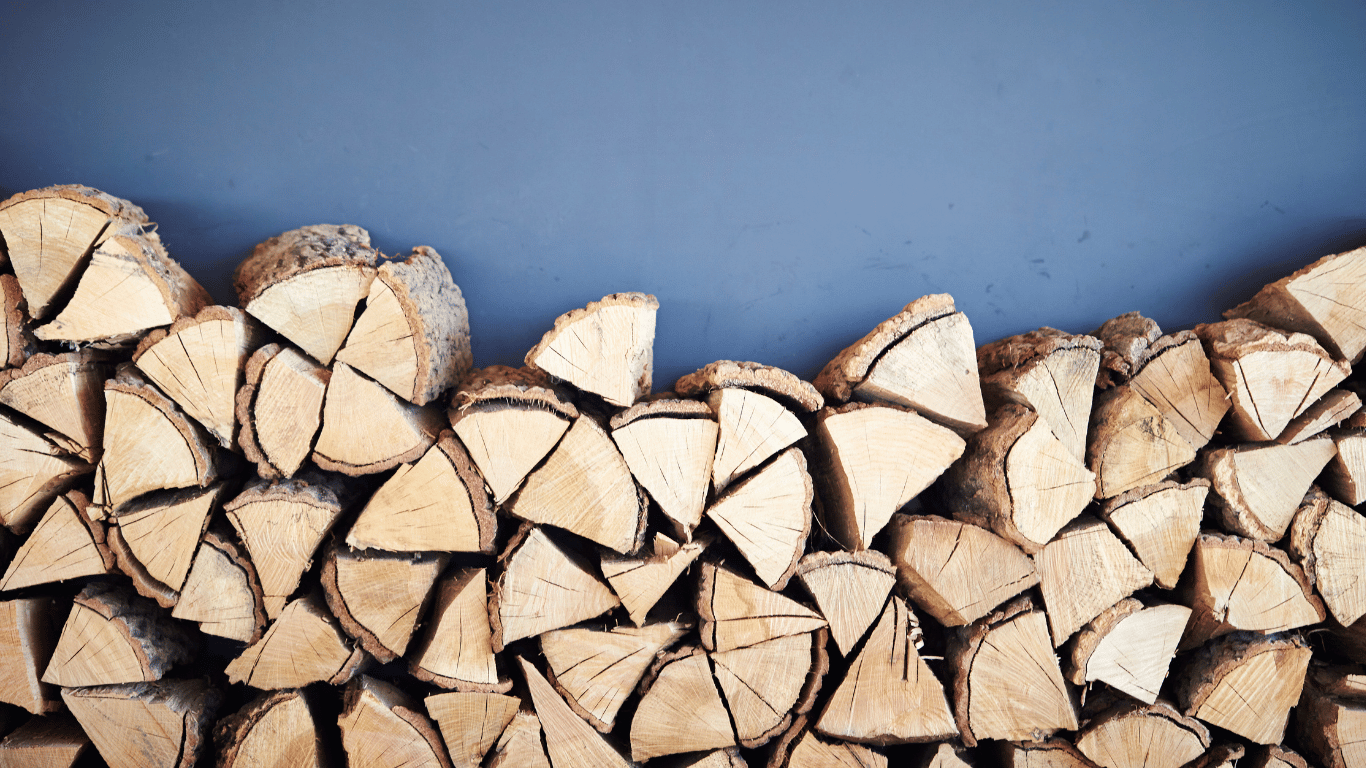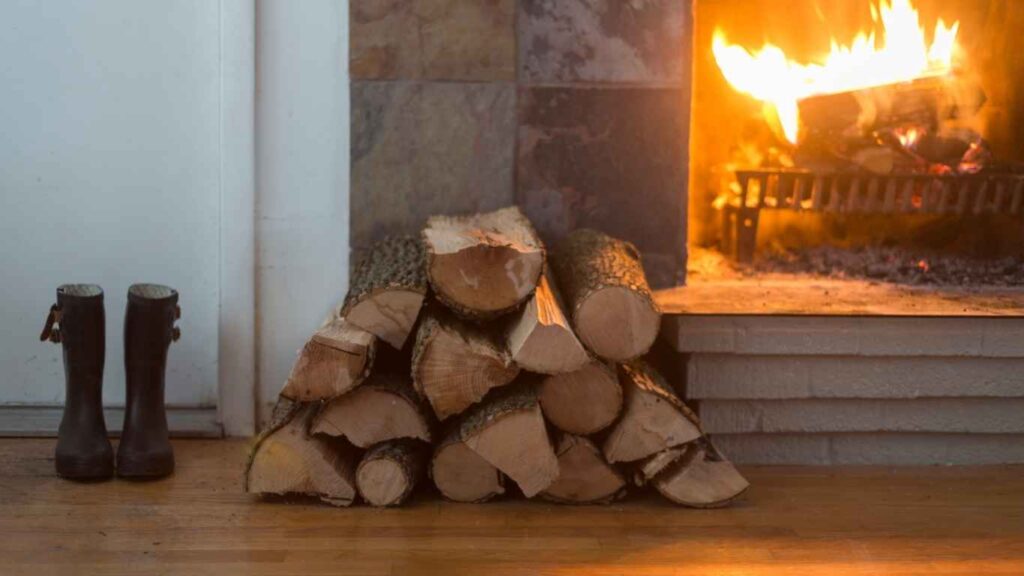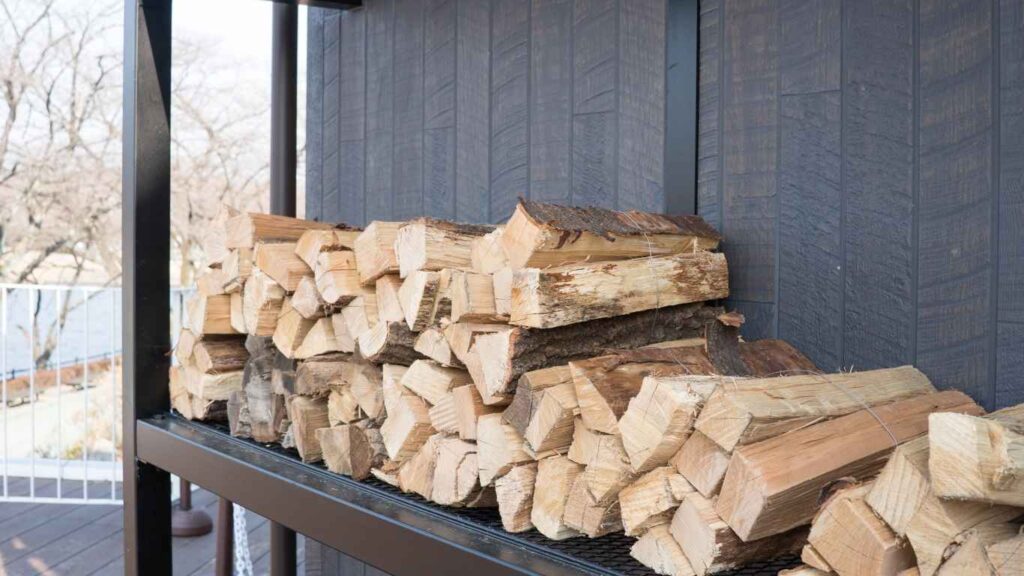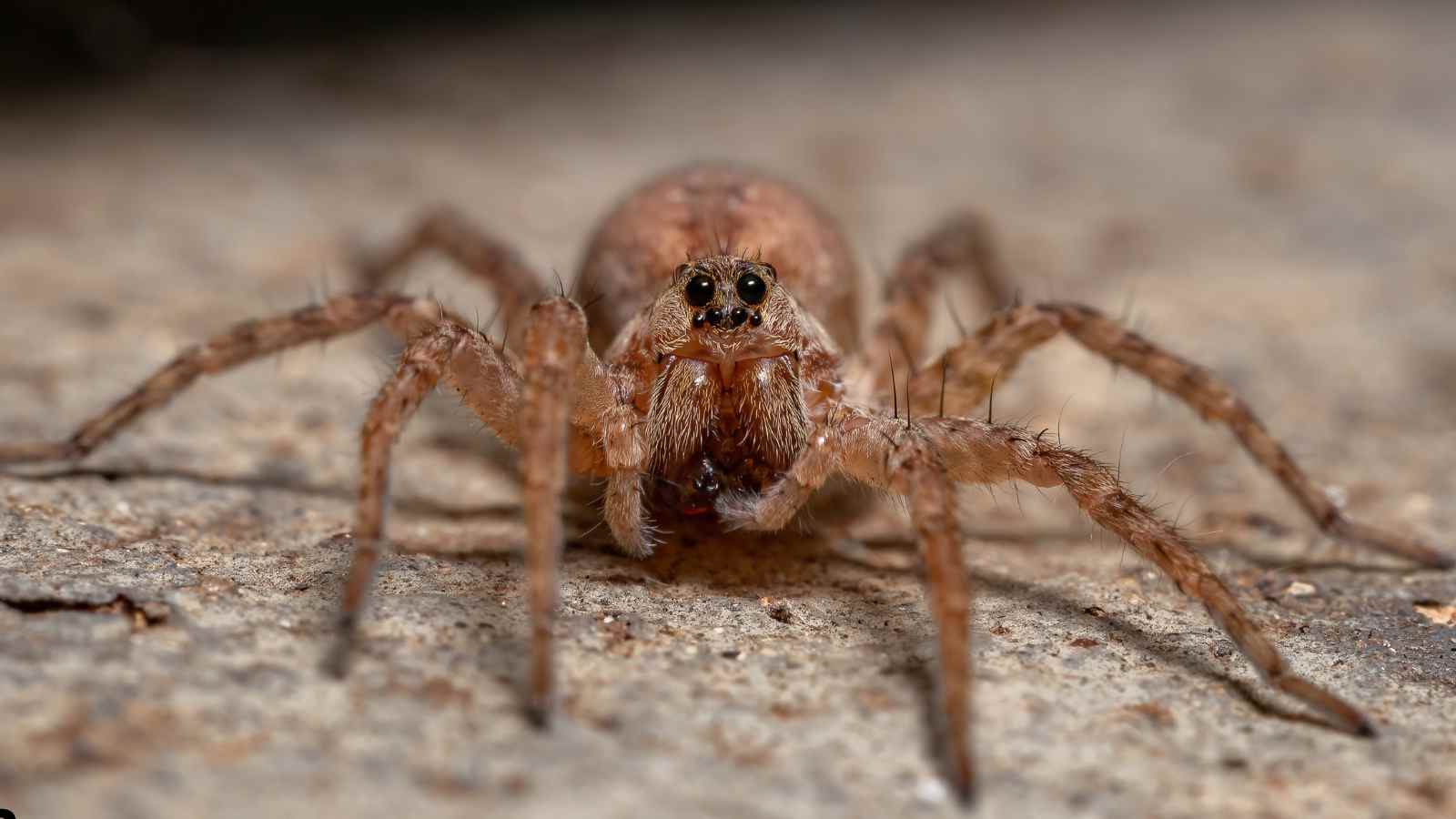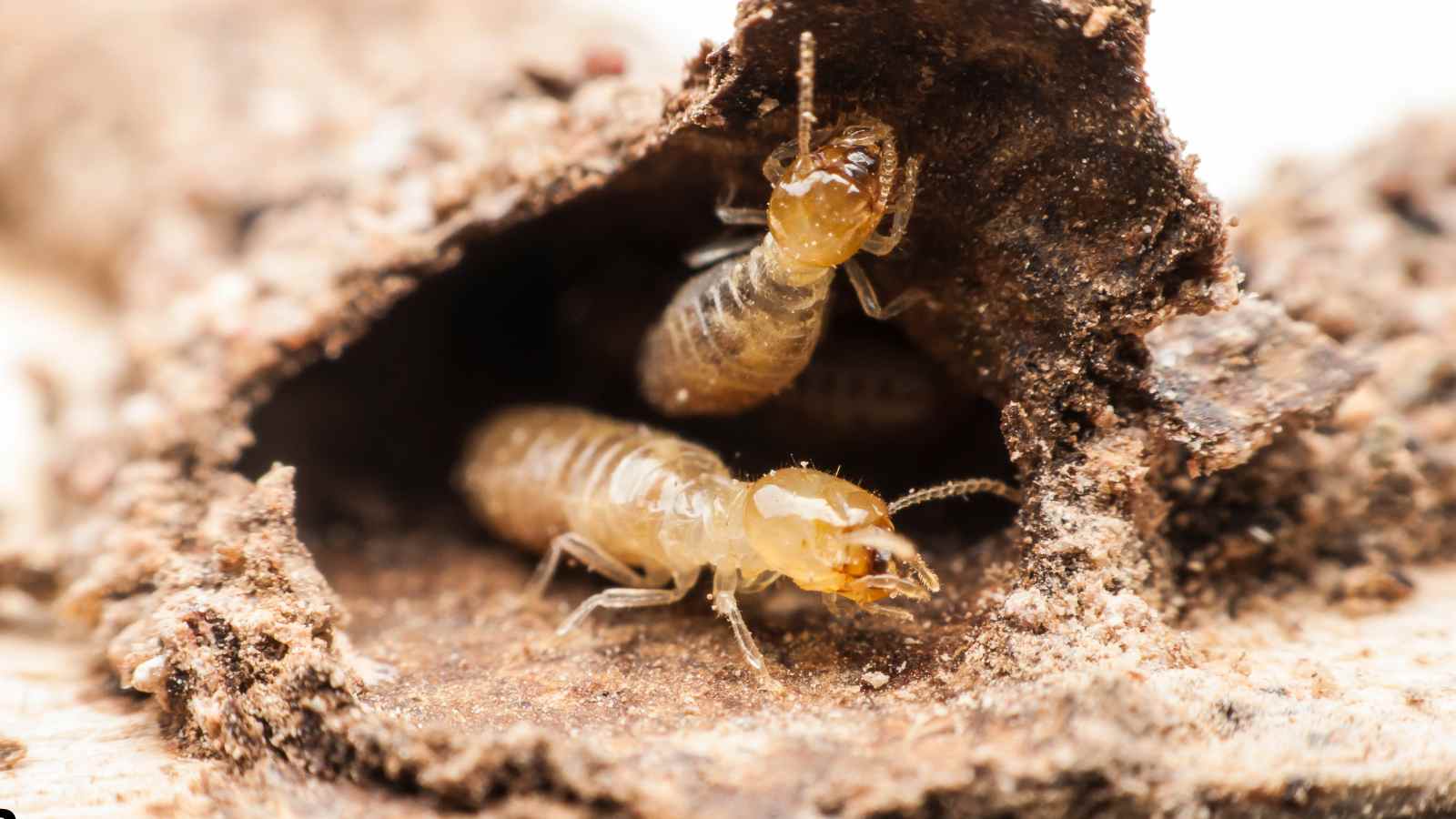Here are the 7 pests that you need to look out for. Watch Out For #6 It’s Poisonous. Find out what you can do to inhibit infestations in firewood.
What Firewood Pests You Should Look Out For
The winter months always bring a longing for a wood-burning fire in the hearth of a house, making it as cozy as possible for us to whisk away those brisk winter nights. Well, perhaps not in Sacramento as temperatures are not that severe, but wood-burning fires are still a common theme. But we at Official Pest Prevention know that with this luxurious heat comes a threat, the dreaded pests that accompany the firewood that you willingly bring into your home. One of the common misconceptions is that it is okay to have them present in the firewood because you are literally burning it almost instantly. This is an egregious error, these pests are quick movers and it doesn’t take long for them to abandon their doomed home for a safer spot in yours. Here are the 7 firewood pests that you need to look out for:
1. Drywood termites
Ah yes, the classic villain when it comes to home-destroying pests. There are few that can rival the Drywood Termite when it comes to destruction if left undisturbed to do its work. As you might imagine, as opposed to its subterranean counterpart, the Drywood Termite does not have to return to the soil every 24 hours to get moisture, and they will nest in wood that has not been exposed to dampness (the name is a giveaway). That is what makes firewood the perfect nesting spot for these little critters. But they won’t stick around there for long, after gaining access to your home they can disperse quickly and spread throughout all rooms and floors. Most home insurance will not cover termite damage, so preventative measures are imperative. They cause billions worth of damage in the U.S. every year, so if in doubt always hire a professional. What to look out for:
- Floor damage: Does your floor feel spongy or soft? This could be down to it being gnawed away internally without you recognizing it until it’s too late. Your skirting boards could also be sagging as internally they have severe structural damage.
- There could be cracks in the internal walls and ceilings.
- Are the doors and windows opening/closing with ease? Or have they become misshapen due to internal damage caused, resulting in a less smooth process.
- Frass (feces and wood fragments) – The term used for termite droppings. A sure indicator that you have a termite issue.
2. Carpenter Ants
One of the largest species of ants found in the U.S, these creatures prefer to make their homes in damp or decaying wood. Firewood, prone to exposure to the outdoors can fit the bill when it comes to suitable homes for these pests. Unlike the Drywood Termites above, Carpenter Ants do not feed on wood, so a food source is imperative for their survival. So you can see why gaining access to your home is high up on the agenda for these pests. If gone unnoticed they can cause extreme structural damage to your home. Signs that you have a serious problem include:
- You find ants foraging for food anywhere in your home (they like sweet stuff and meat)
- You have noticed that there are winged ants in your home, this is a sign that the colony is well established and these are looking for other areas to start a new one
- These ants have extremely neat nests, so that wood they have cleared out must go somewhere. Check for wood shavings that have been deposited nearby, this will indicate a nest
- There could be the ‘rustling’ sound of these ants going to work on your home
Carpenter Ants are no joke, if in doubt always hire a professional. It is better to be safe rather than sorry.
Wood Destroying Beetles
There are a lot of different species of wood-destroying beetles so we will focus on these 3. Wood-destroying beetles are already present in the wood when the trees are cut down, so preventing them from getting into your firewood stockpile is a lost cause, they are already there. But at the first sight of danger, they won’t think twice about abandoning their home for a more luxurious residence: your house. Here are 3 common types of wood-destroying beetles that you should be aware of:
3. Powderpost Beetle
The Powderpost Beetle gets its name from the dust that the larvae create which is a mixture of feces and wood fragments. It is almost as fine as talcum powder (one of the softest substances). This is an indicator of their presence, as the dust sometimes finds its way falling out of the exit holes that they create into tidy piles on the floor. These beetles prefer to attack dry hardwoods (ideal firewood) because of their porous structure of them, allowing for more suitable nests. They disperse quickly, as the winged adults will quickly look for further points to infest in your home, leaving no area safe.
4. False Powderpost Beetle
The difference is that the frass created by the larvae is a lot grittier allowing us to distinguish between it and the Powderpost Beetle. They also are susceptible to boring into softwood as well as hardwood, as well as metal. Yes, you heard that right, adults of the False Powderpost Beetle are able to bore through soft metal and plaster. In California, the largest of this species, the Black Polycaon can grow to lengths of 1.5 – 2 inches. You can imagine with its size and strength the level of damage it could cause if left to its own devices.
5. Deathwatch Beetle
The ominous name actually comes from medieval times in Europe. The Deathwatch Beetle communicates with one another by banging its head against the wood, and when people were sitting up with sick patients throughout the night they would hear it more clearly. Legend has it that it would usually precede the imminent death of a person, thus the name ‘Deathwatch’. But more pressing matters are that they inhabit softwoods, especially Douglas Fir which is used commonly in the construction of structural supports such as beams, joists, and foundation timbers. They do prefer wood that is moist, so in basements and outbuildings with no heating or central air conditioning they can thrive. Their frass is not as fine as the PowderPost, but not as coarse as the False Powderpost which is one way of telling if these are present in your home.
6. Black Widow Spider
Are there any Arachnophobes in your home? Well, there does not need to be to still have the chills sent down your spine when encountering this foe. The Black Widow spider is found in Northern California, and the dangers of it are something that we are all too aware of. If bitten it is advised to seek medical attention immediately as they are poisonous. A solitary creature, it is not uncommon for them to hang out in secluded dark places such as firewood stockpiles. Disturbing them can cause aggression, and if brought inside they will quickly look to find another secluded dark place to inhabit (under couches and beds, in closets, and even shoes). This is not something you want to come across when reaching for your Saturday night dancing shoes, let alone have a child encounter one.
7. Earwigs
These fall under more of the nuisance pest category rather than the dangerous pest one but they should still be prevented. Earwigs are small slim creatures, usually between 5-25mm long, and have pincers on their abdomen. This is mostly for attacks with other earwigs, the pincers are not strong enough to inflict damage on humans and they have no poison so there will be no itching or danger with bites. However, they do feed on organic material such as plants so if you’re an avid gardener best not to let them get out of control. They breed in moist secluded areas so if you find one out in the open, you can be sure that there is a nest somewhere close by. They nest in the mulch in your flowerbed, in the logs, underneath the firewood stockpile in your yard, and underneath rocks.
So What Can You Do To Inhibit Infestation In Firewood?
Store firewood away from your home
Do not have your stockpile of firewood stacked up against the side of your house. This allows for easy access when left unattended. These pests can borrow in through the smallest cracks.
Do not store it indoors
The pests in there can disperse quickly even if you set light to it immediately upon entry, so what do you think will happen if they have time to consider what part of the house they should start off with. Don’t give them time to plan the attack.
FIFO – First In, First Out
Using the oldest wood first will stop infestations from getting a solid grip on it. Re-stack the pile periodically to make it easier for you.
Inspection
Before bringing the firewood inside, inspect it for the common signs mentioned above. Knock pieces together and see what falls out or apart. Is there a weakness in it? A hollow sound? This could be a sign of internal damage.
Burn it immediately
Like we have mentioned before you want to give the pests as little time as possible to escape and make a new home. The quicker you act, the less time they have to react.
Do not store it on the ground
Use concrete blocks to keep the contact away from the ground, as insects will find it harder to reach the dry firewood.
Call Official Pest Prevention to take care of your Pest Problems
If you’d like to get help with your pest control issue, check out the rest of our site at Official Pest Prevention. We are a full-service residential and commercial pest control company dedicated to producing peace in your home. Contact us today and start getting rid of termites, bed bugs, mice, and other pests infesting your home.
Official Pest Prevention is equipped to handle any infestations you may have. Whether you live in a commercial area or a residential one, if you say hello to us, you’ll be saying goodbye to those pesky bugs.
If you have any questions at all about our highly-rated services, then please feel free to contact us. We’re always eager to help out.
Official Pest Prevention is a family-owned, licensed pest control company celebrating 20 years serving over 100,000 satisfied customers in five area codes throughout Northern and Central California. Starting with a few contacts, and only four full-time employees, our small company has grown into an organization that today employs over 100 people, maintains a fleet of 75 vehicles, and has serviced over 100,000 Northern California households. This tremendous growth has come from loyal customers, who have recommended our work to their friends, family, and neighbors.
We are a full-service pest control company. Whatever your pest problem, we have a solution. Our goal is to make your property pest-free. Guaranteed. Contact us online or by phone (877) 711 2847 – for immediate assistance. Same-day bookings and flexible payment plans available – because pest invasions wait for no one.

